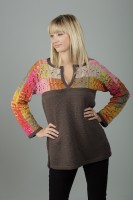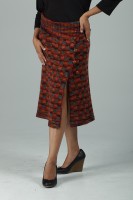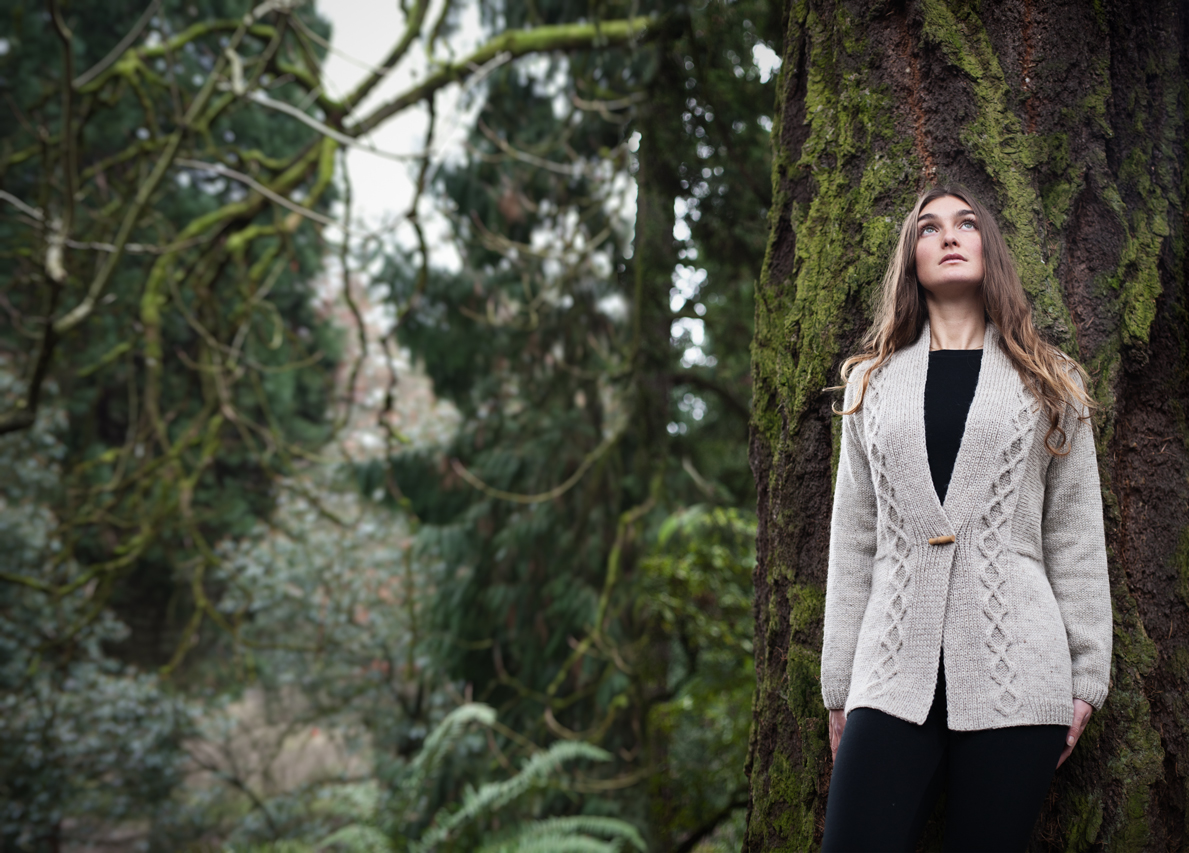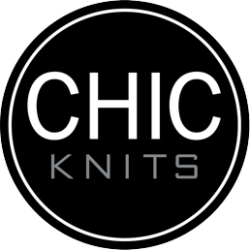One of the great things about knitting is that it is a never-ending beautiful learning-curved highway.
And even though most of us will find our niche (Socks? Shawlettes? or por moi: Cardigans forever!) and craft a closet full of personal faves, there’s always the option To Boldly Go.
For me, in the last couple of years, that’s meant a increasing interest in exploring new types of garment constructions. My design path has been following an evolution towards the organic way that knitted fabric’s form follows function…
 So it was with great interest when I met someone at TNNA this February who was running on a similar boulevard and had just released a great new book: Bargello Knits.
So it was with great interest when I met someone at TNNA this February who was running on a similar boulevard and had just released a great new book: Bargello Knits.
From Cooperative Press: “Every knitter knows both the irresistible beauty of variegated yarn and the difficulty of figuring out how to knit with them. With Bargello Knits, Patty Nance shares her ingenious method for shepherding multi-colored yarns into gorgeous designs.”
Here you’ll find a collection of intriguing techniques that not only take advantage of the inherent nature of a variegated yarn’s colorplay but expands the possibilities into captivating patterned fabric.
And since we like to look behind the curtain here at Studio Chic, we thought we’d ask Patti just a couple of questions. :)
Bonne Marie: I remember when you showed me your book, I just got wide-eyed and really intrigued – here was something I’d never seen before! I’m fascinated by how this concept began?
Patty:  Like so many knitters, I was sucked in by that irresistible beauty you mentioned. The colors looked pretty in the skein, but not-so-pretty once I started knitting a sock. I liked the individual colors by themselves, and wanted them to bunch up rather than stripe part-way around each row.
Like so many knitters, I was sucked in by that irresistible beauty you mentioned. The colors looked pretty in the skein, but not-so-pretty once I started knitting a sock. I liked the individual colors by themselves, and wanted them to bunch up rather than stripe part-way around each row.
To this day I am not sure why I wanted the colors to do that, I just remember wanting to figure out how to make them do it. It was lots of trial and error that finally clicked when I started knitting flat, rather than in-the-round as one would ordinarily to with sock yarn. Once I figured out that flat knitting in narrow sections forced the colors to stack up, that is when the fun began.
Bonne Marie: What made you explore how to integrate this technique into wearables?
Patty:  I think you are the first person to ask me this question. Translating the technique into wearables became a necessity to convey the concept of bargello knitting. A checkerboard swatch is fun, but not very functional all by itself. That same checkerboard emblazoned on the yoke of a sweater or the leg of a sock? That is exciting.
I think you are the first person to ask me this question. Translating the technique into wearables became a necessity to convey the concept of bargello knitting. A checkerboard swatch is fun, but not very functional all by itself. That same checkerboard emblazoned on the yoke of a sweater or the leg of a sock? That is exciting.
When I first discovered the technique, right away I could see it becoming part of any kind of knitted piece and figured everyone else would, too. It wasn’t until I got my first publishing rejection that I realized no one else sees this like I do – as a technique with unlimited potential. Simply showing a set of swatches will not get the job done.
Knitters need to see the technique in action to truly become engaged. This forced me to flex my designer muscles and come up with interesting projects that knitters would want to make.
Bonne Marie: What have you learned from what can only be described as a quest?
Patty:  That the quest, the exploration into color, texture and form is a journey that I love.
That the quest, the exploration into color, texture and form is a journey that I love.
The yarn inspires me, and challenges me, to make it kind of stand on its head and do something unexpected. I love seeing yarn described as “self-striping”, “self-patterning” and so on.
It is an invitation to show that stripes are no longer the only option.
Bonne Marie: What advice would you give someone in selecting a yarn and a project for an initial exploration of Bargello?
Patty: Learn from my experience. Start with yarns that I have tested and know will work. Simply because a yarn is variegated does not mean it will automatically work with bargello knitting.
At the back of the book and on my website there is a growing list of suitable yarns.
 Also, with the creation of a new knitting technique comes a new vocabulary.
Also, with the creation of a new knitting technique comes a new vocabulary.
The patterns are written using words unique to bargello knitting.
It is important to read the introductory chapter and work the tutorial section before jumping into a project, especially the projects worked with short color change yarns.
I would encourage those knitters to start with one of the scarf projects that use a long-color change yarn.
Those yarns are more forgiving in terms of color control, and require little or no preparation before casting on.
…congratulations to kathyperron – by random draw recipient of a copy of the book. :)

